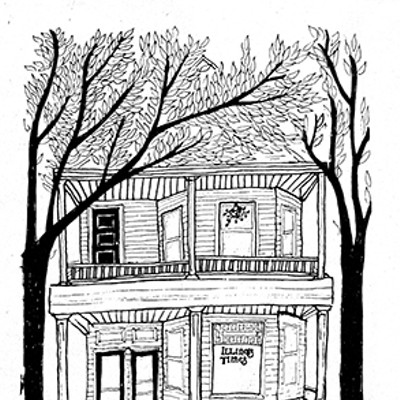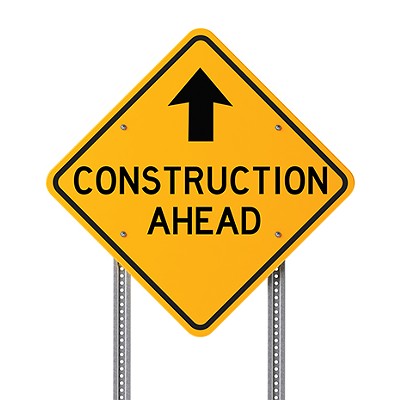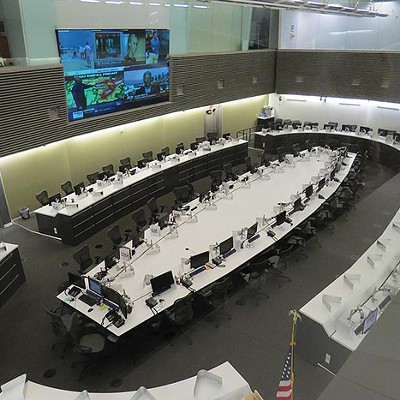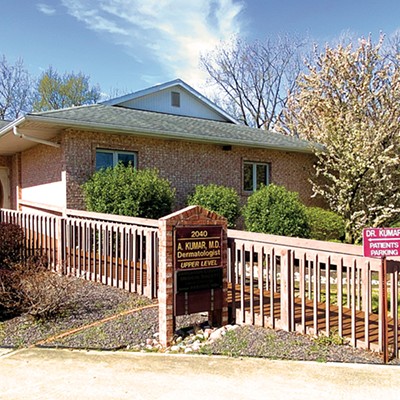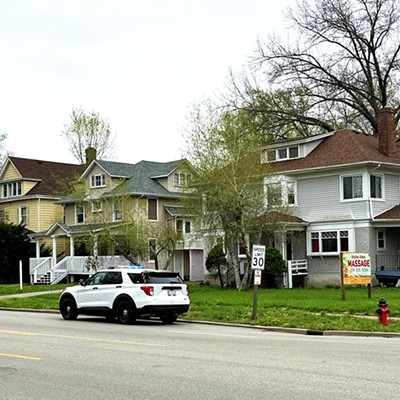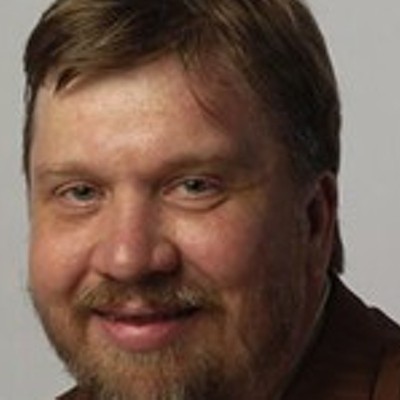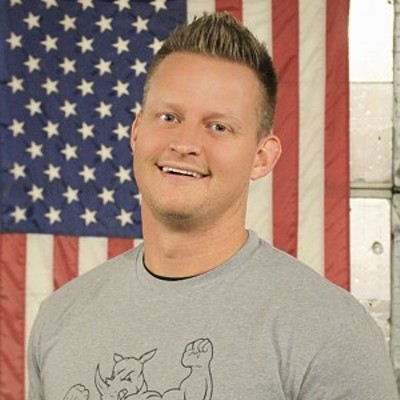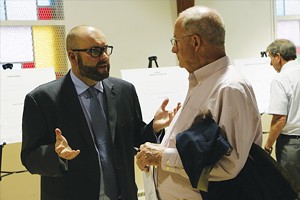
You wouldn’t ask a carpenter how to build a happy marriage. The residents and business owners along MacArthur Boulevard between South Grand and Wabash did something similar when they asked traffic engineers how to create a happy street. The boffins at the Illinois Department of Transportation spent two years examining alternative ways to solve that blighted corridor’s many problems. (IDOT has a say in the future of MacArthur because that stretch of the street is a state highway.) The results of that review were revealed the other night, to yawns. Only the most ambitious of them called for rebuilding. None showed much evidence of a rethinking.
IDOT’s job, of course, is to design and build highways. From the department’s point of view, any changes that are likely to make the street a superior urban thoroughfare will make it an inferior highway. The engineers assumed that the role of the street is to move people through the corridor (although these days they also acknowledge that some might do so on foot or on bikes) but a good neighborhood street is one people like to linger on. The engineers further were obliged to prescribe only for the existing right of way or a wider one carved out of adjacent properties that could accommodate sidewalks and bikeways separate from the roadway. The latter option solves the city’s problem with MacArthur but not that of people who live nearby. They are less interested in moving through the street than in getting across it, and widening would only make crossing more challenging.
What’s needed is not an improved MacArthur but an alternative to it. If cyclists and walkers can’t be put in the roadway, why not put them somewhere else, such as the alleys that back the properties between Laurel and Wabash? To the complaint that you can’t expect cyclists and walkers to share a narrow ROW with trucks and cars, I reply that they do it all the time on city streets. If anything, the fact that alleys are more crowded than MacArthur makes them safer, because they are obviously dangerous, which makes everyone (including cyclists and walkers) more alert.
There also are thousands of square yards of underused private space along that corridor, most of it in the form of seldom used parking spaces on the street side of lots. IDOT did traffic counts, but I’d like to see a count of the parking spaces along that street which go unused most or all of the time. Does every establishment need its own lot? Do those lots really need to be so big? (Does AutoZone need 40 spaces? Fritz’s Wagon Wheel more than 90?) Is it too much to expect that larger owners might, for the good of the street, sacrifice some of the parking spaces farthest from their doors by donating easements for use as bike/pedways? Might work, might not, but it would be interesting to see some imagination employed to exploring the possibilities. You’d end up with a circuitous ramble that would go in and out and ’round about as it skirted unmoveable obstructions, but getting there, as people used to say, is half the fun.
An affordable plan of street-only improvements seems possible – maybe a few bump-outs to make crossing easier, rebuilt curbs, fewer driveway cuts, fewer weeds. But while fixing up the roadway won’t hurt, it won’t solve MacArthur’s larger problem, because the problem is not the roadway. This stretch of MacArthur is, as Henry Mencken once wrote about Pennsylvania coal towns, a scene that lacerates the eye. It’s like a prosperous city commercial district has been blown up, leaving broken fragments scattered for blocks all around. No wonder drivers speed past.
If you can’t make it beautiful, I say, make it invisible. How? Trees. Trees offer redemption for ill-planned and ill-built cities. And when I say trees, I mean hundreds of them. Turn the place into a grove, with trees planted in rows lining the street and in bunches off the street, ringing every small parking lot and growing in islands within the larger ones.
Fixing a road is not the same as fixing a street. The first is an engineering construct, the second a social one. MacArthur the road was ruined by city governments in thrall to traffic engineering. MacArthur the street was ruined by a lot of indifferent or uninformed decisions made over many years by many private land owners. If it is to be reborn, it will have to be the result of lots of involved and informed decisions by those same owners.
Contact James Krohe Jr. at [email protected].


